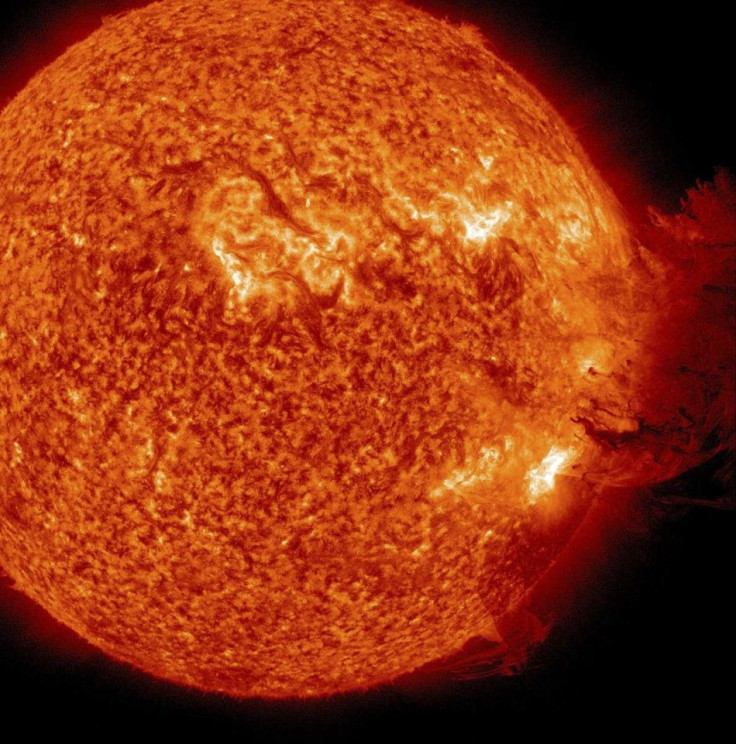ESA Issues Major Warning For Solar Storm’s Destructive Effects On Earth

The European Space Agency (ESA) issued a serious warning regarding the damaging effects of space weather such as solar storms. Aside from facilities on Earth, the agency also described how solar storms can affect astronauts and satellites orbiting Earth.
As explained by the ESA, severe space weather occurs due to powerful plasma emissions that erupt from the Sun’s surface. These eruptions carry highly-charged particles that can disrupt Earth’s magnetic field, which can lead to wide-scale power and electrical failures.
But aside from wreaking havoc on Earth-based facilities and devices that rely on electricity, solar storms can also satellites and astronauts in space. According to the ESA, the particles from solar storms can disrupt the operations of satellites, which could cut-off essential services to Earth such as communication and navigation.
“One significant influence of solar activity is seen in disturbances in satellite navigation services, like Galileo, due to space weather effects on the upper atmosphere,” the ESA said in a statement. “This in turn can affect aviation, road transport, shipping and any other activities that depend on precise positioning.”
“For satellites in orbit, the effects of space weather can be seen in the degradation of communications, performance, reliability and overall lifetime,” the agency added.
Aside from satellites, the ESA also noted that solar storms can endanger the lives of astronauts in space. In addition to damaging their equipment, space weather can also expose astronauts to high levels of radiation.
“In addition, increased radiation due to space weather may lead to increased health risks for astronauts, both today onboard the International Space Station in low orbit and in future on voyages to the Moon or Mars,” ESA stated.
As for those on Earth, one of the main effects they will experience during a solar storm event is power interruptions. Depending on the magnitude of the cosmic event, the power failures could last for days and affect large areas.
People will also not be able to use their electronic devices since these will most likely be affected by the solar storm. More importantly, the operations of facilities that provide basic necessities such as water could cease due to the various effects of severe space weather.
© Copyright IBTimes 2025. All rights reserved.





















